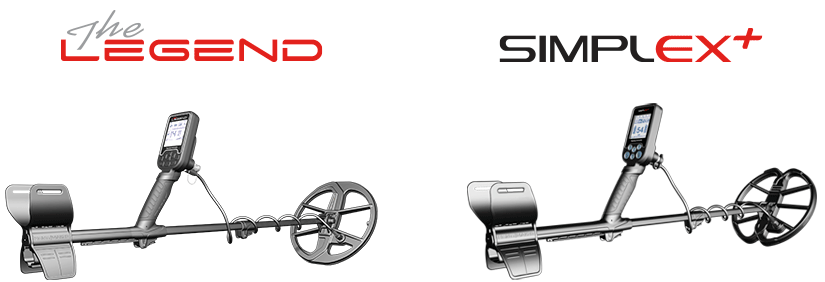I was out today with my multi anfibio and was digging deep iron targets that were registering as silver High tone targets. I played with the settings all the different frequencies just about anything you can think of and the results were the same digging iron nails and small bits of iron all day long. Does anybody have a setup that will deal with this issue?
Any help would be appreciated
Any help would be appreciated



